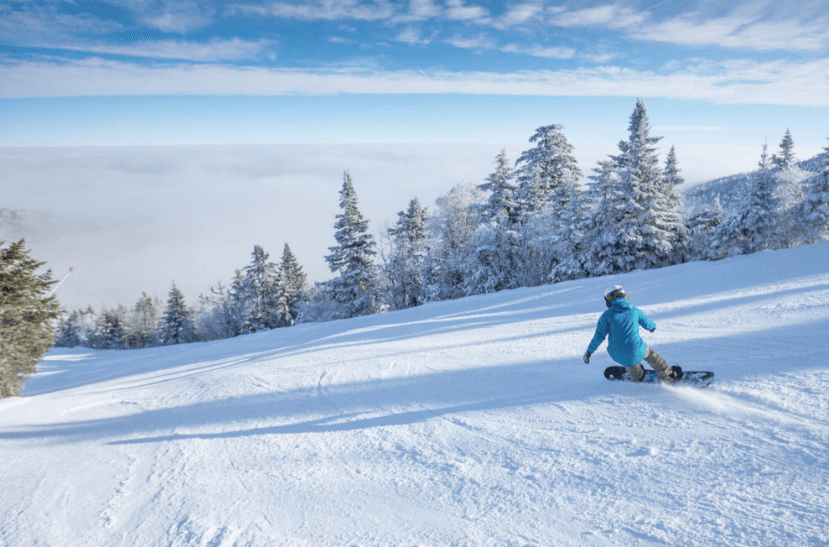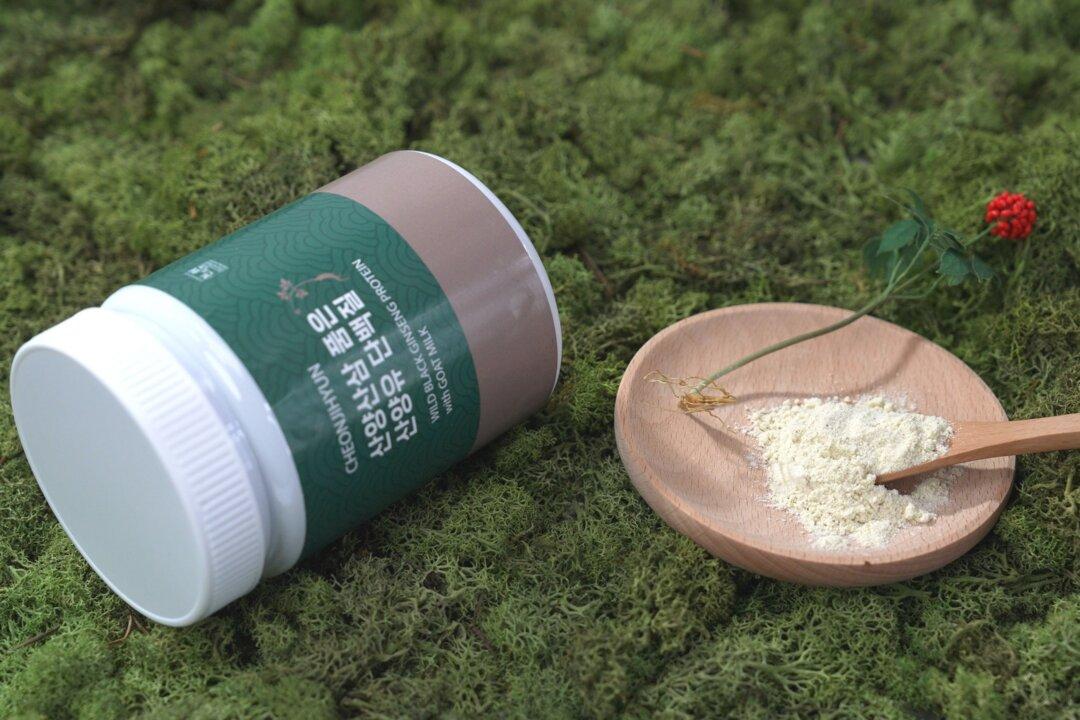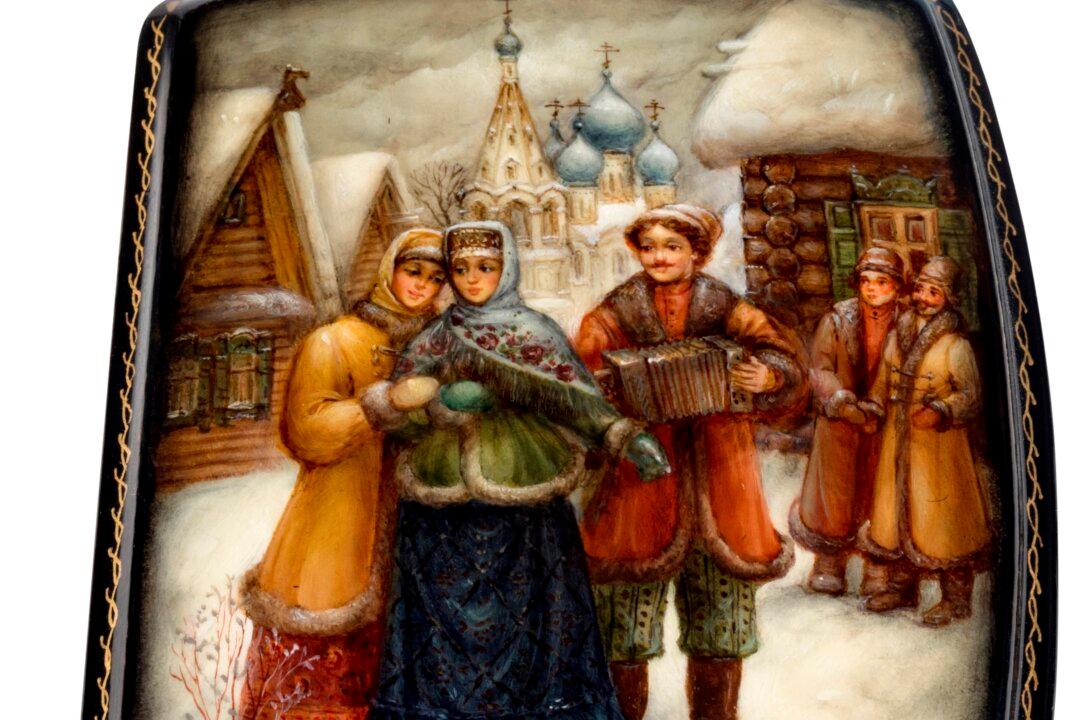KILLINGTON, Vt.—Killington is a great place to get lost. I’m a fairly new skier, and feel comfortable skiing down greens and blues, with an occasional black diamond too. I’ve never had so much fun exploring a mountain.
“With five or so terrain parks, mogul skiing, it’s like a baby Whistler on the East Coast—you don’t get bored here,” said Chris Montag, a “ski academy kid,” who’s lived everywhere, including Aspen for eight years. His dad was a ski coach. Montag still skis over 100 days a year at Killington; Skypeak and Bear are his favorite mountain passes since the sun hits that side all day long, keeping the snow fluffy.





